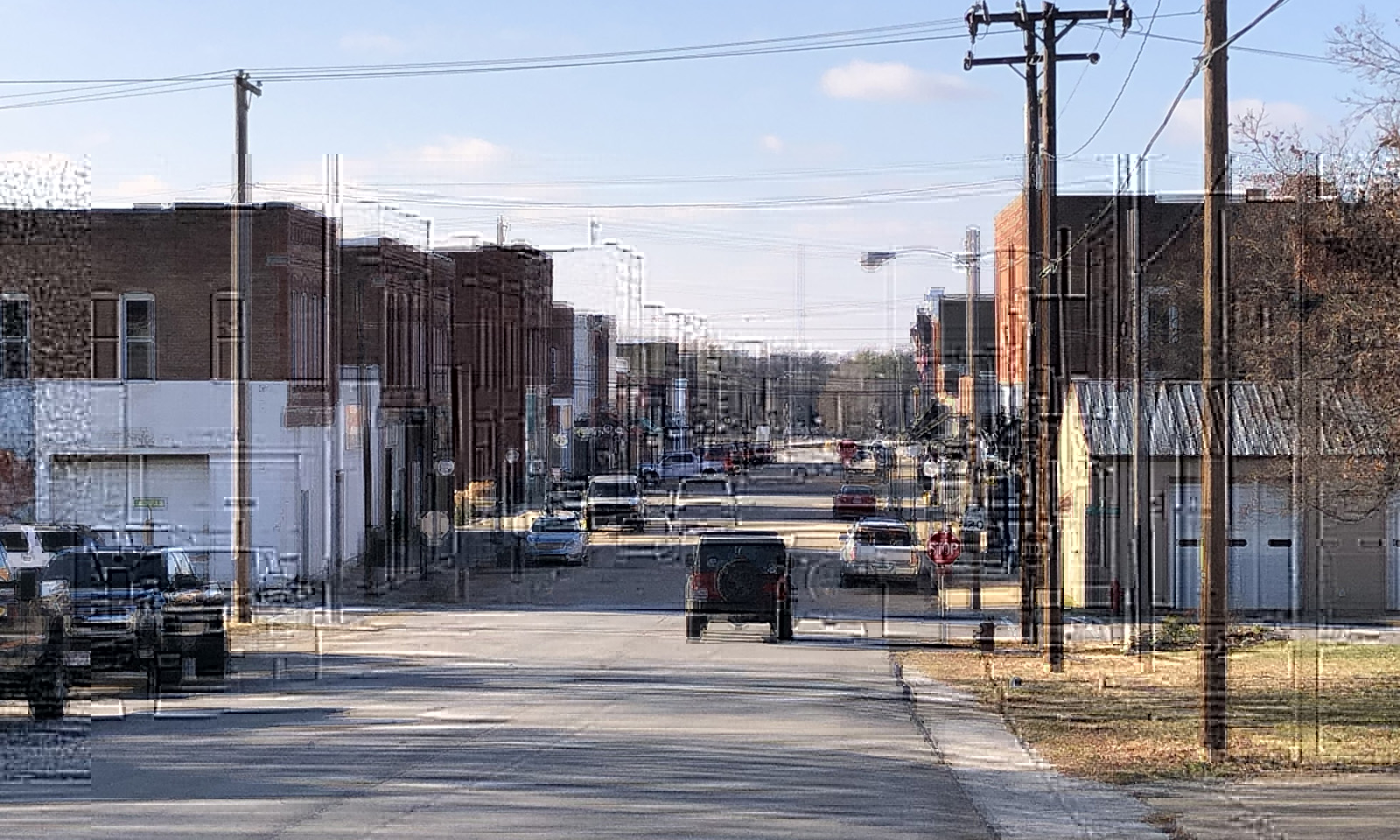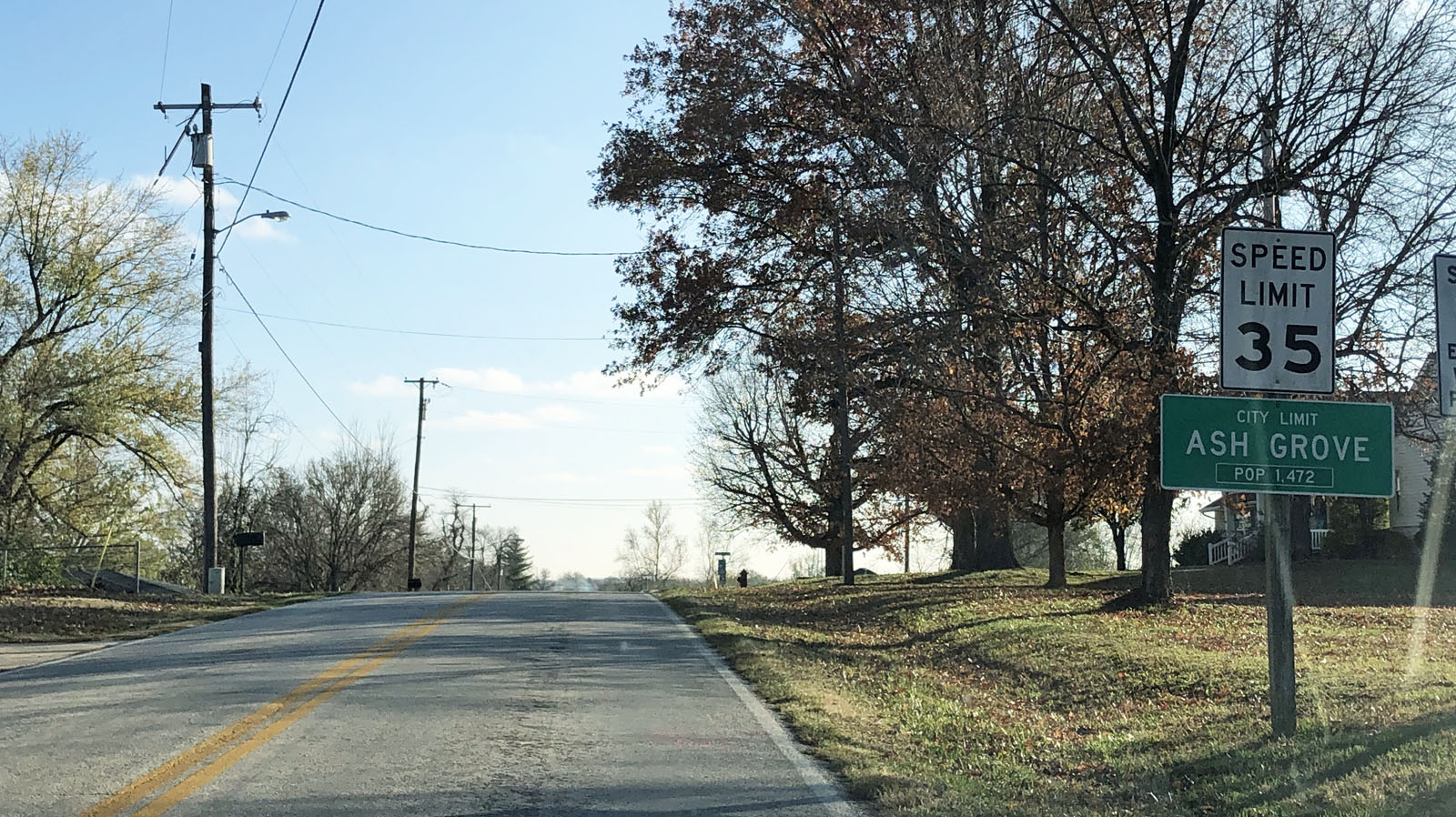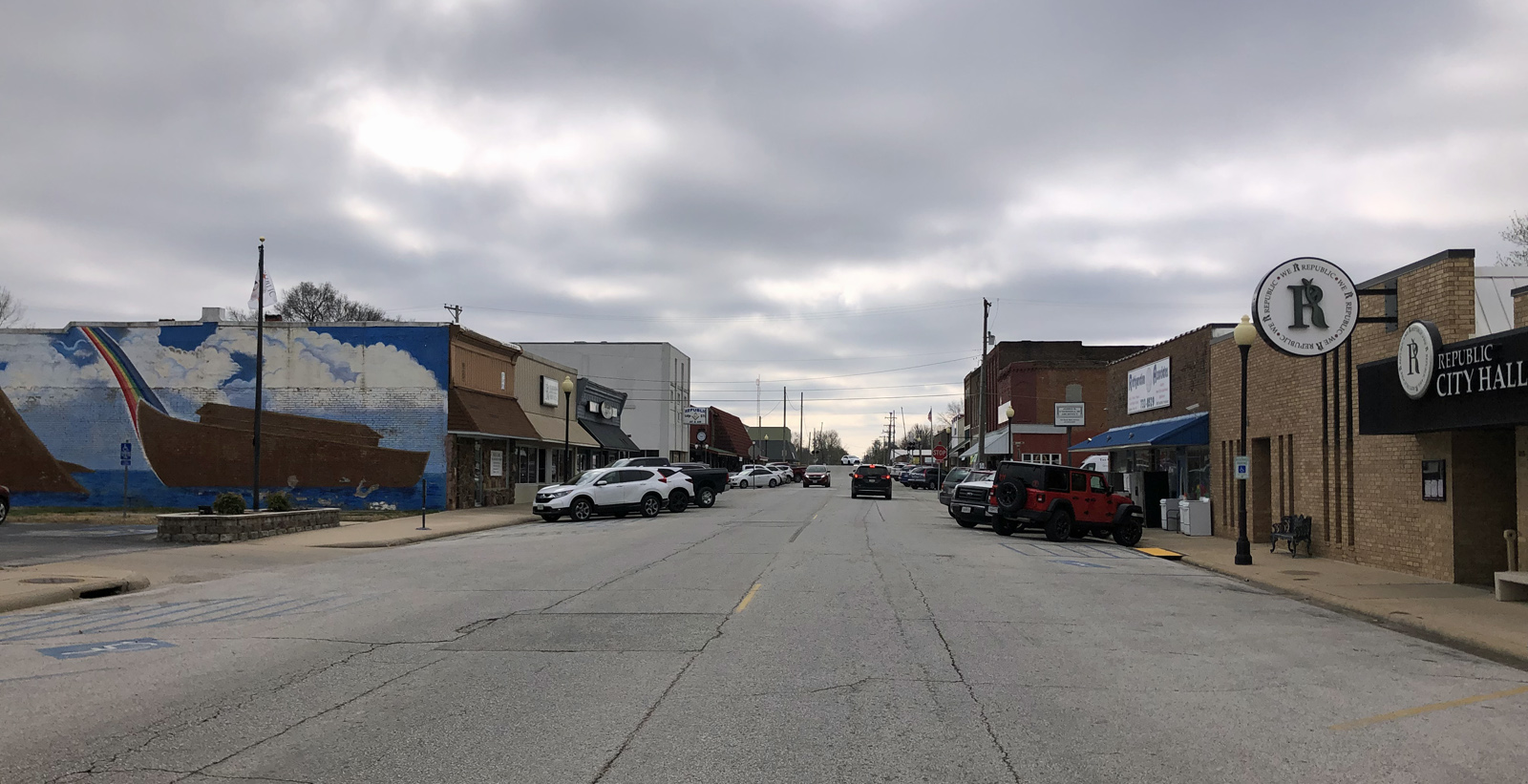OPINION |
The image of “small-town” America has been romanticized over the years. But still, for many who grow up in a small town, the feeling it provides is worth protecting.
I know a few things about growing up in a small town. For 26 years, I called Ash Grove, Missouri, home. Growing up in Ash Grove from the mid-1960s through the 1980s was like living in Mayberry, the fictional town of Andy Griffith, on television. (More on this later).
Some residents living in cities around the perimeter of Springfield have been sharing on social media about their desire to retain the “small-town feel” of their town.
Critics will complain that changes are causing the community to lose its “small-town feel.” Sometimes that phrase is used because the town population has grown. Sometimes it is because of increased crime, new faces in the stores, or even tax proposals.
Relators often talk about the small-town feel of a town where they are selling homes. Many communities brag about having a small-town feel. One study had 80 percent of respondents saying the number one goal of their city should be to “preserve the small-town feel.”

Defining ‘small-town feel'
The phrase “small-town feel” evokes a quiet, laid-back lifestyle in a close-knit community where people know each other, can rely on each other, and where people are connected.
Engagement and connection are at the root of creating a “small-town feel.”
You, dear reader, are key to the “small-town feel” of your community. If you think the “small-town feel” has disappeared, could it be that you have disengaged from your community?
Some people don't want to deal with their neighbors, volunteer in a park, or make eye contact with others. But a community is built by those who are willing to engage. A small-town feel is created when you take the time to get to know people and find ways to connect.
That is something a city government cannot do for you.

Vickie Pratt, senior vice president of economic development at the Springfield Area Chamber of Commerce, says the small-town feel is about connectedness, and those who fear its loss are communicating something else.
“When people say they don't want to lose the small-town feel, they are really saying they are afraid they will feel left out, or not be part of the decisionmaking,” said Pratt. “They won't say it that way, but what they are expressing is that they are afraid of being left out, afraid there won't be a place to be engaged, and afraid they won't matter.”
If you think your town has lost its “small-town feel,” could that loss of connection be a result of you becoming less engaged?
Start by learning and using the names of your immediate neighbors.
Then find a way to volunteer in the community. Not online but in person with a community festival committee or organization.
Next, attend community events, shop locally, hang out locally, and connect with others in a local club, organization, or a local church.
These steps create community connections that help you feel more connected and engaged. Before you know it, the town will have a “small-town feel” again.

Lack of neighbor connections matters
Being neighborly is something of a lost art in America. In the 1970s, according to the Pew Research Center, more than 60 percent of people socialized with their neighbors at least monthly. Today, that number has shrunk to 25 percent or less.
According to research released last year, a third of Americans don't interact with their neighbors. Another study says half of us cannot name one of the people who share our buildings and blocks.
There are many reasons for this shift, from development patterns that make it harder to connect with people nearby to technologies that make it easier to connect with people far away.
The combined effect, says Marc Dunkelman of Brown University, is significant. A few years ago, Dunkelman wrote, “The Vanishing Neighbor: The Transformation of American Community.”
He says the combined effect of technology and fewer connections with neighbors has profoundly affected politics, economics, and innovation.
“The lack of neighborly connections matters greatly,” said Dunkelman.
Likening human relationships to the rings of Saturn, Dunkelman says we are increasingly spending our time and energy on the inner ring, which is family and close friends, and on the outer ring, which is full of people we don't know but share an interest with, typically online.
It's that middle ring — the one powered by “relationships that are familiar, but not intimate” — that we increasingly overlook. Dunkelman said the loss of the middle ring is a root cause of, among other things, political dysfunction in America.
“Issues that used to be hashed out over backyard fences are now hashed out in the halls of Congress. The less we talk with people with different viewpoints, the more battle-hardened we all become,” said Dunkelman.
This disappearance of middle-ring relationships also has implications for community and place. “You're much less likely to go to a PTA meeting, bowl in a league, or have a block party when you don't know your neighbors,” Dunkelman said.

Song for your hometown
The idea of getting to know your neighbors and embracing your town reminds me of The Andy Griffith Show (1960-1968), which aired an episode titled “A Singer in Town,” which first aired on April 11, 1966.
In this eposide, Mayberry residents are excited when television and singing star Keevee Hazelton comes to town. He is there for a quiet rest and fishing.
Aunt Bee and her friend Clara decide to try to get Keevee to record a song they wrote for a town celebration. Keevee is not initially interested, but his manager thinks it has potential, so he agrees. Ultimately, he invites the women to the studio to watch the show.
However, in rehearsal, Aunt Bee and Clara see Keevee has turned their ballad about Mayberry into a rock ‘n' roll song with electric guitars and go-go dancers.
With only a half hour to air time, they tell him he has to change the arrangement. Everything ends well when Keevee slows the song down and sings a soft melody for the cameras.
“My hometown is the greatest place I know, where the neighbors I find are gentle and kind and the living easy and slow. My hometown is the only place to be, here the worries are small and the kids grow tall, and strong, and healthy and free. It's my hometown, my hometown, Mayberry, Mayberry.”
Some have used episodes in The Andy Griffith Show as part of a Bible study. I have used two different episodes to teach about community newspapers. In the case of this hometown episode, the show can teach us about neighbors and community development.
Healthy communities need volunteers like Aunt Bee and Clara who are willing to take the initiative and make something beautiful.
Healthy communities address problems head-on, find solutions, and nurture their children. Those types of actions make for a quality of life.
Healthy communities embrace new ideas and focus on what a town can become tomorrow not only what the town has been.

Go build connections
That brings us back to engaging with neighbors to help create a “small-town feel” right where you live — in a neighborhood, an association, or a community.
You can create a livable community that feels small with neighborhood connections. It also helps to invest in your community by attending various meetings and gatherings or hanging out at third places. (More about that last item next month).
You might even take it a step further and host a driveway cookout, organize a neighborhood parade, do front porch concerts, or organize a lemonade crawl through the neighborhood.
The end result will be connectedness for you and an improved community for everyone else.


